Impress your guests upon entering your home with superior entryway designs. Ceramic tiles in this important area of the house can make a huge difference and give your home a sense of luxury and grandeur.
From wood-look wall tiles to mid-century modern chic, from front doors to geometric marble tiles to create a striking black and white foyer, these inspiring tile patterns are the perfect entryway for any home style!
Ideas for the entrance of ceramic tiles
Ceramic tile is an excellent material for flooring, countertops, and showers. If you are looking for ideas about ceramic tile entrances, scroll down.

Ceramic tile entrances have become increasingly popular recently, so we’ve come up with some tips to help homeowners develop their own distinct style. From choosing the ideal size to color combinations, our ceramic tile offerings will transform your home.
Simple porcelain tile entrances
We appreciate the clean style and timeless beauty of ceramic tile entryways. You can easily achieve this look by mixing different shades of white with darker colors. Use small tiles as accents around the space.
Entrance with dark and light ceramic tiles
Here we have two entrances with dark and shiny ceramic tiles. The combination of black, white, gray and orange colors creates a beautiful and modern design. We believe these would work well in a room where contrast between floor and wall is desired.
Dark and bright ceramics…
Ceramic tile
Ceramic tiles are a great option for any type of flooring, including door tiles. These tiles are sturdy, simple to install and available in a variety of colors.
You can design them yourself or ask a local shop to do it for you. If you decide to produce your own custom designs, you should check out different types of glazes before making a final decision.
Some types of flooring may not be compatible with certain glazes due to different stain resistance. Most expert tile stores have considerable information about glaze options, but only if you already know the type of flooring you want to install.

Here are 10 options for the entrance using ceramic tiles:
Use darker colors for the lower half of the door and lighter colors for the upper half.
Add a small amount of gray to a white tile.
Combine two different shades of blue for a stylish look.
Create a pattern using different colors of green and yellow.
Experiment with different shades of brown, cream and tan.
Choose a bright red tile to make a striking statement.
Go back to basics with black and white tiles.
Put orange or pink color in it.
Bring the blues to your home with blue and white tiles.
Keep things simple with a monochromatic style that consists of just one tone of color.
Not only is tile often used for flooring and bathroom surfaces, it is also becoming increasingly popular for interior design projects such as kitchen countertops, backsplashes, shower surrounds, fountains, mantels and fireplaces, and more. Ceramic tiles are incredibly flexible, resilient and low maintenance.
They come in many shapes, sizes, colors and patterns. There are many ways to install ceramic tiles, including tiling over existing hard floors and walls, using adhesives, and setting them in concrete.
Covering existing floor and wall surfaces
When placing tiles on existing hard surfaces, use spacers to keep the grout even with the tile edge. If there is no room for a spacer, take accurate measurements and grout accordingly.
You can use drywall spacers, a piece of plywood, or even backboard. Use a float or grout knife to spread the grout evenly around each tile as you grout between tiles.

Use a damp sponge to remove excess grout from the tile. After the grout dries, clean the tile thoroughly with water and allow it to dry completely.
Use of glue
When space is limited, adhesives are ideal for placing ceramic tiles on walls and floors. A high-grade tile adhesive should work effectively with smooth surface tiles.
Using an adhesive, seal the grout at the tile installation site with a sufficient amount of grout sealer. Place the tile on the wall or floor, leaving a 1/8-inch space between the surface of the tile and the subfloor.
Allow the tile to dry overnight before grouting. After baking, wipe the tile with a damp cloth to remove the grout residue.
Created in stone
Concrete is often used to install tiles in larger and more spacious areas. Mix the cement according to the manufacturer’s instructions.
Prepare your grout for use according to the product instructions. Mix the cement (not the mortar) according to the manufacturer’s instructions.
Using a 4-inch trowel, apply cement to the center of the tile. Tap the cement with a trowel to spread it evenly over the entire area. Tap again until the cement is evenly distributed. Repeat the instructions until the cement reaches the perimeter of the tile.
Allow the mixture to dry for 24 hours. After the cement dries, fill the voids around the perimeter with additional cement to form a solid foundation.
The remaining space should be filled with sand. Apply a thin layer of cement on the tile. Place the tile in place and press it firmly into the cement. Allow the cement to dry for 48 hours. Remove the tile and allow it to dry completely before painting or staining.

Keeping ceramic tiles clean
After laying the tile, it can be cleaned immediately. To remove loose dirt from the surface, brush it using a soft brush or sponge brush. Use a toothbrush to clean under the tiles and remove debris from behind them.
Then spray the tile with a solution of equal amounts of warm water and vinegar. Allow the tile to soak in the cleaner for 15 minutes. Use a cloth soaked in warm water to clean the tile.
Wash the cloth frequently while wiping to prevent soap scum. Dry the tile with a towel and polish with a clean cloth.
If your tile has been exposed to moisture or is still wet from installation, you may want to soak it in household bleach for 10 minutes before cleaning. Continue cleaning the tile according to the instructions above.

Ceramic tile entryway
We wanted to design a stunning ceramic tile entryway for our client’s new home that reflected their taste for a contemporary, uncluttered aesthetic.
Our design team collaborated to produce a modern and state-of-the-art lobby for our building. They wanted to make the entryway look stylish and sophisticated, without sacrificing any of its practicality.
Flooring, fixtures, lighting, cabinetry and hardware were all custom ordered to complement the home and its overall design.
The floor and walls were used to infuse a sense of personality into the room while maintaining a monochromatic color scheme.
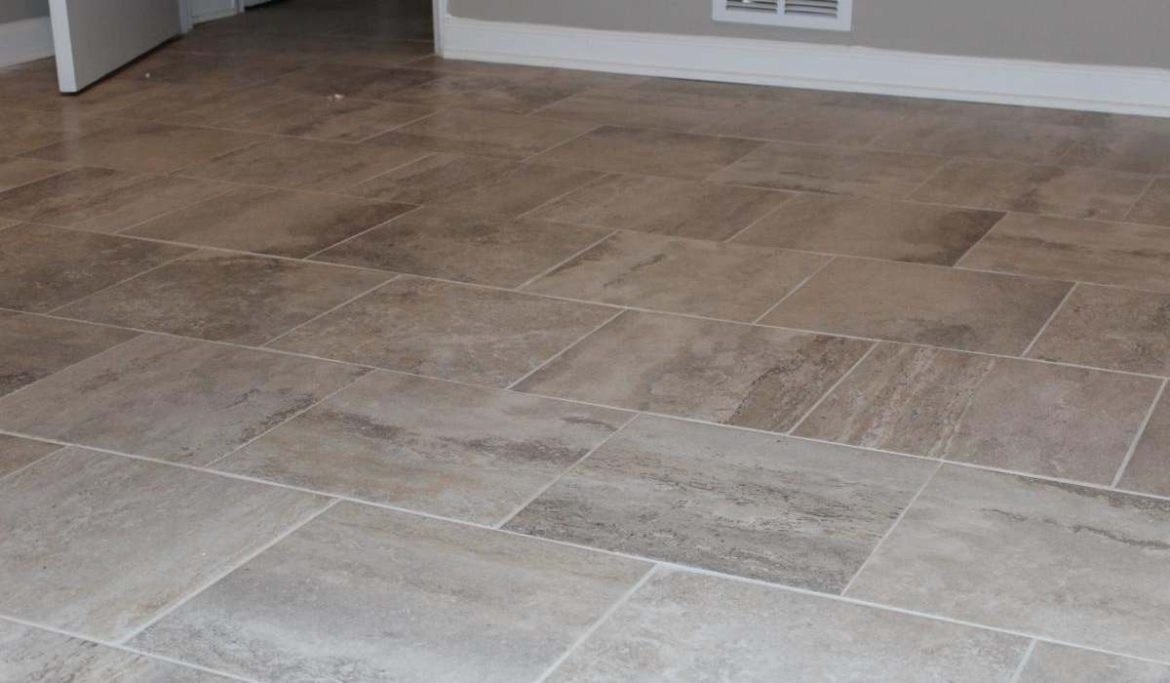
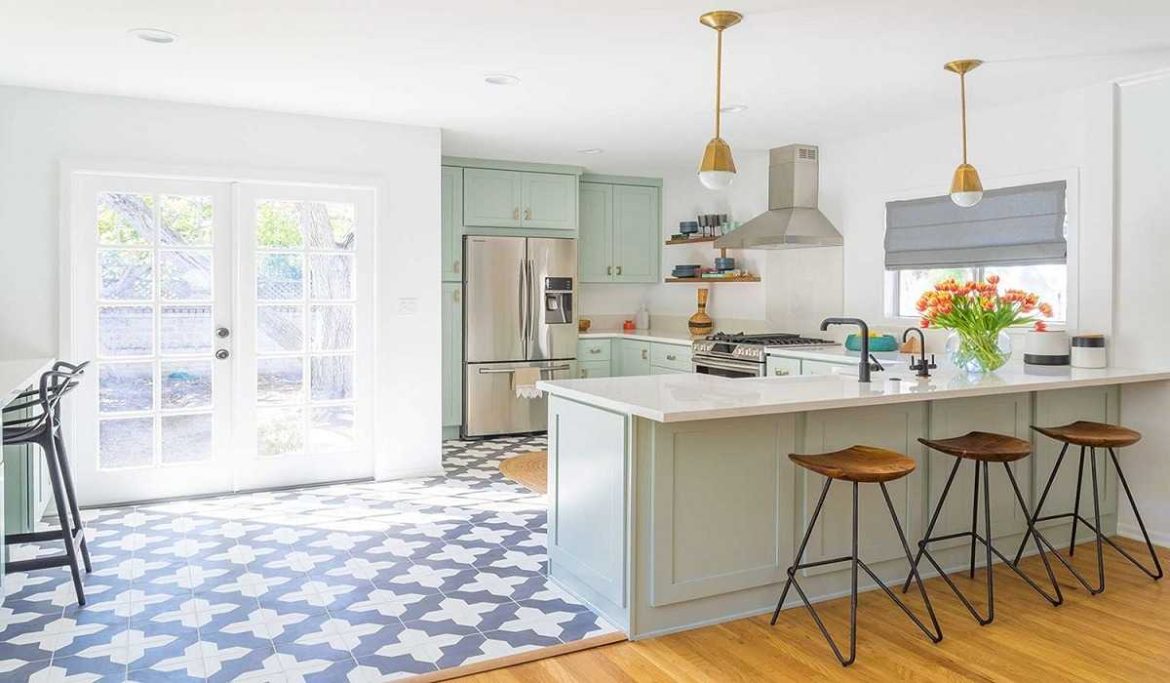
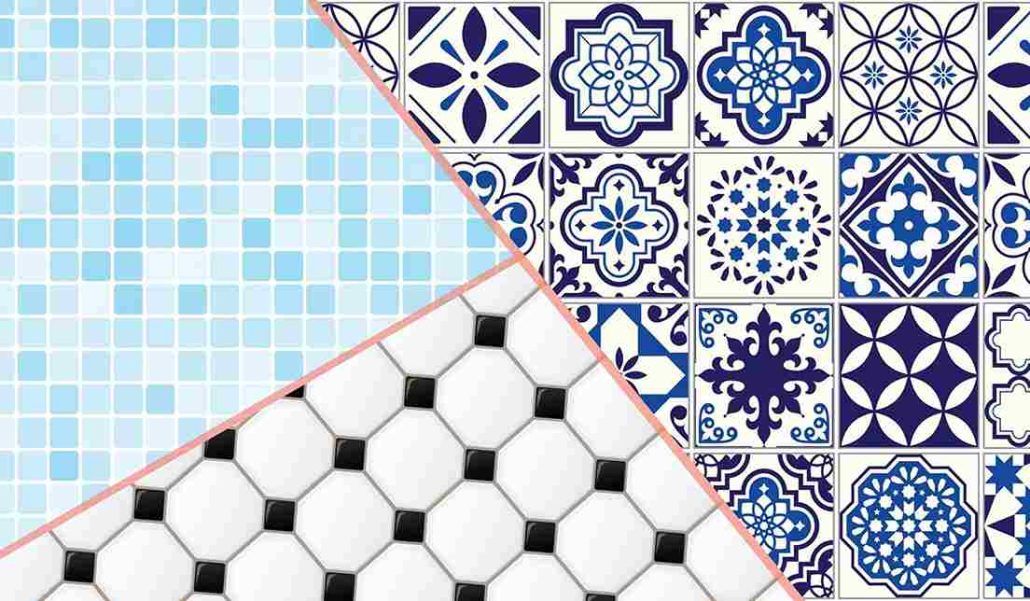
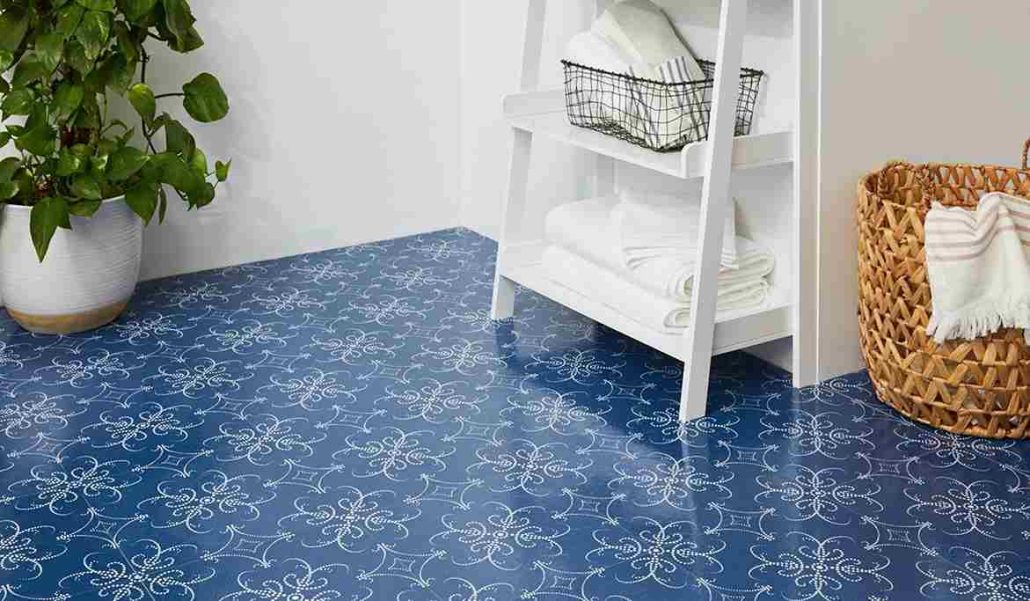

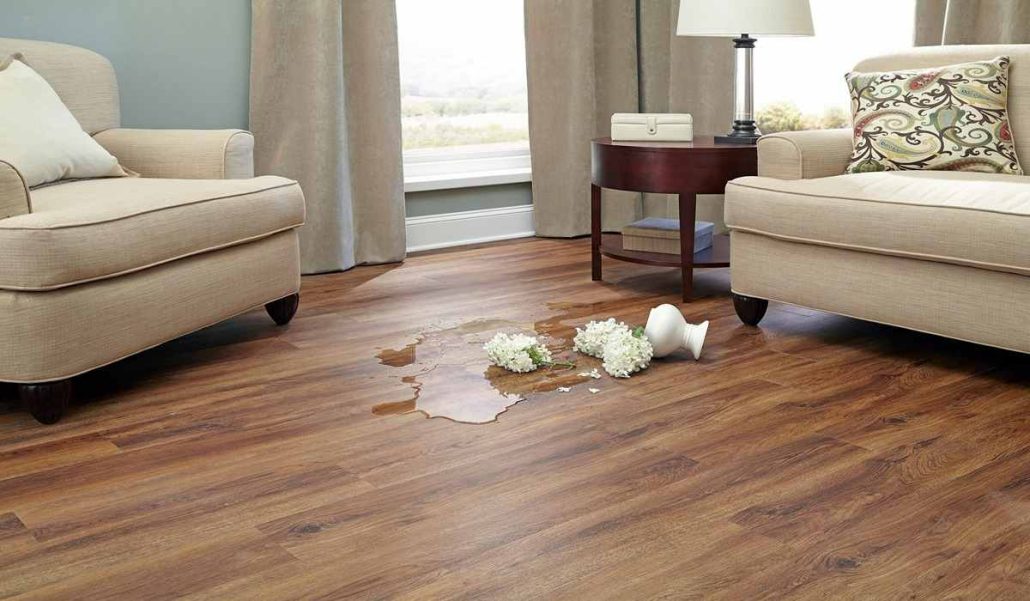
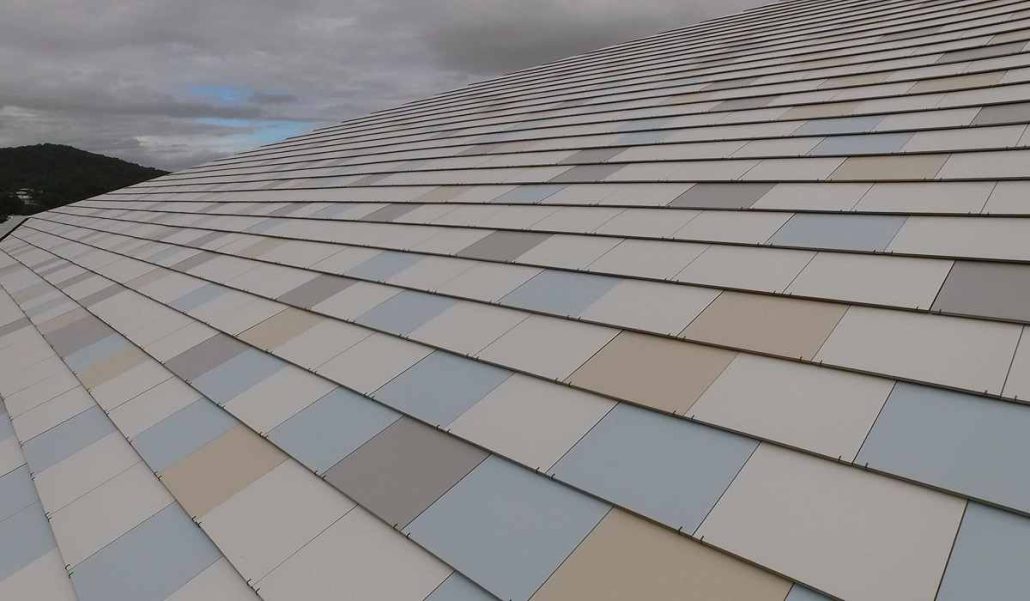
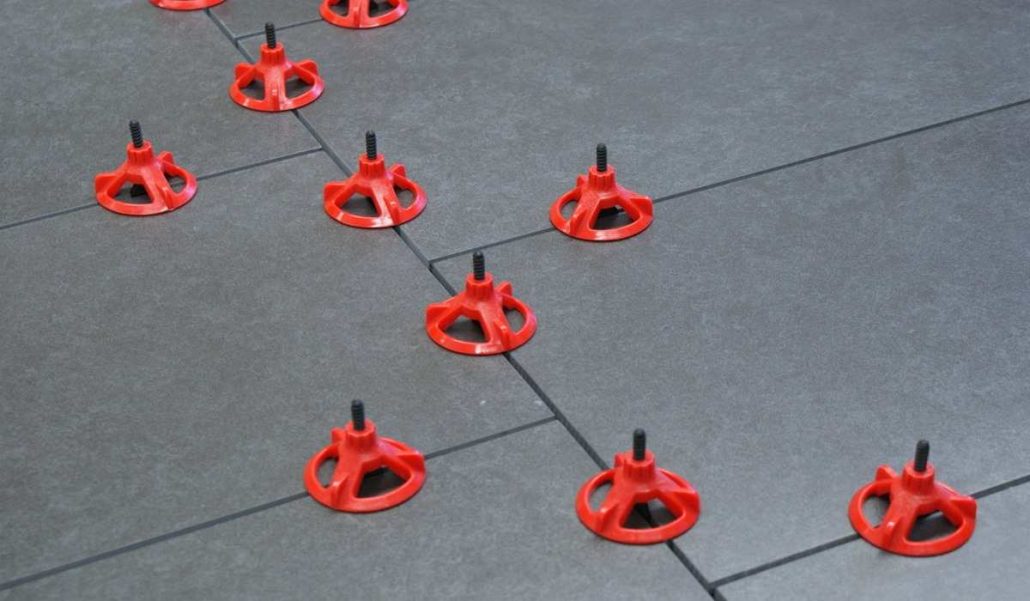
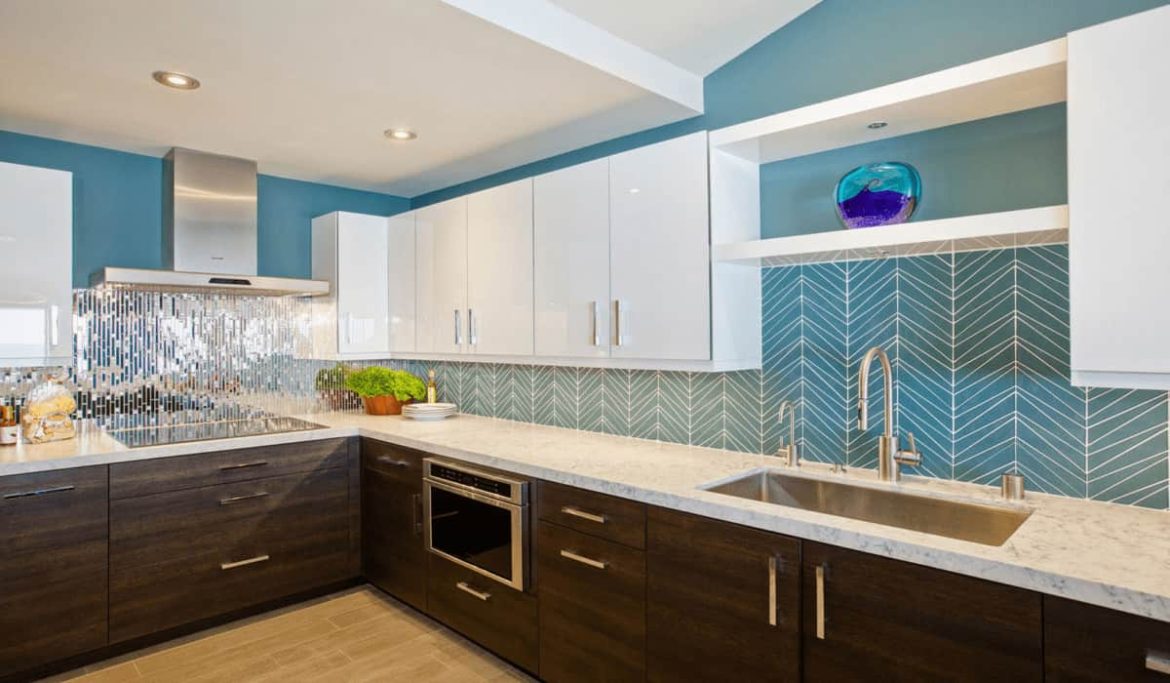
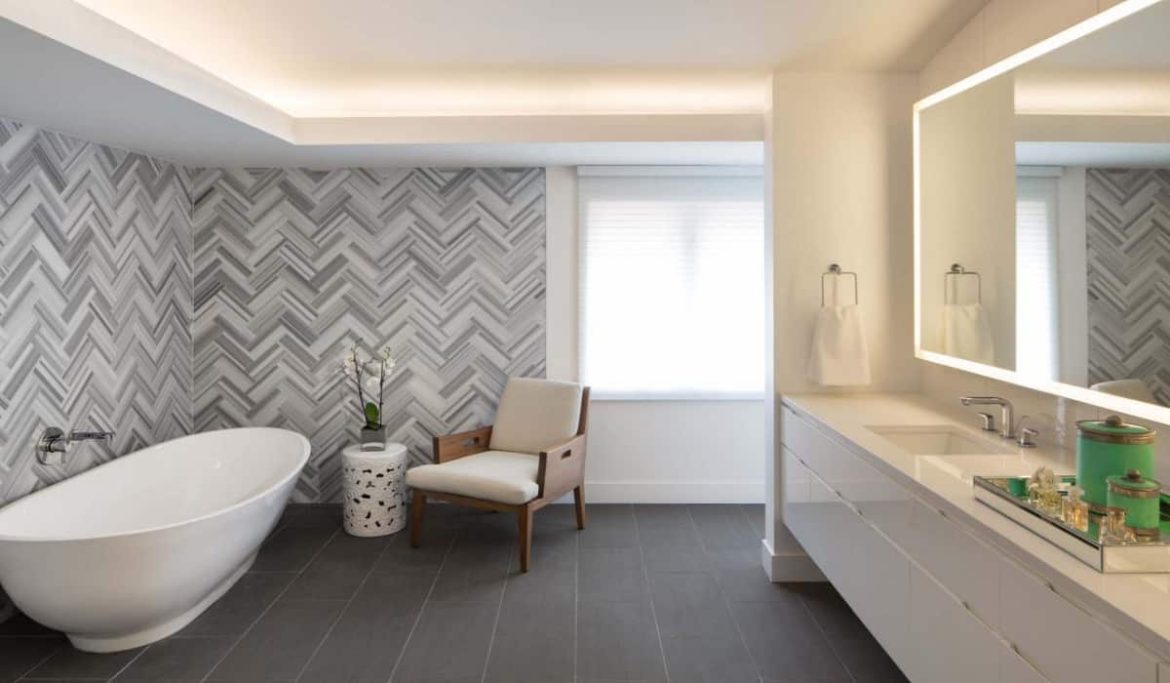
Your comment submitted.